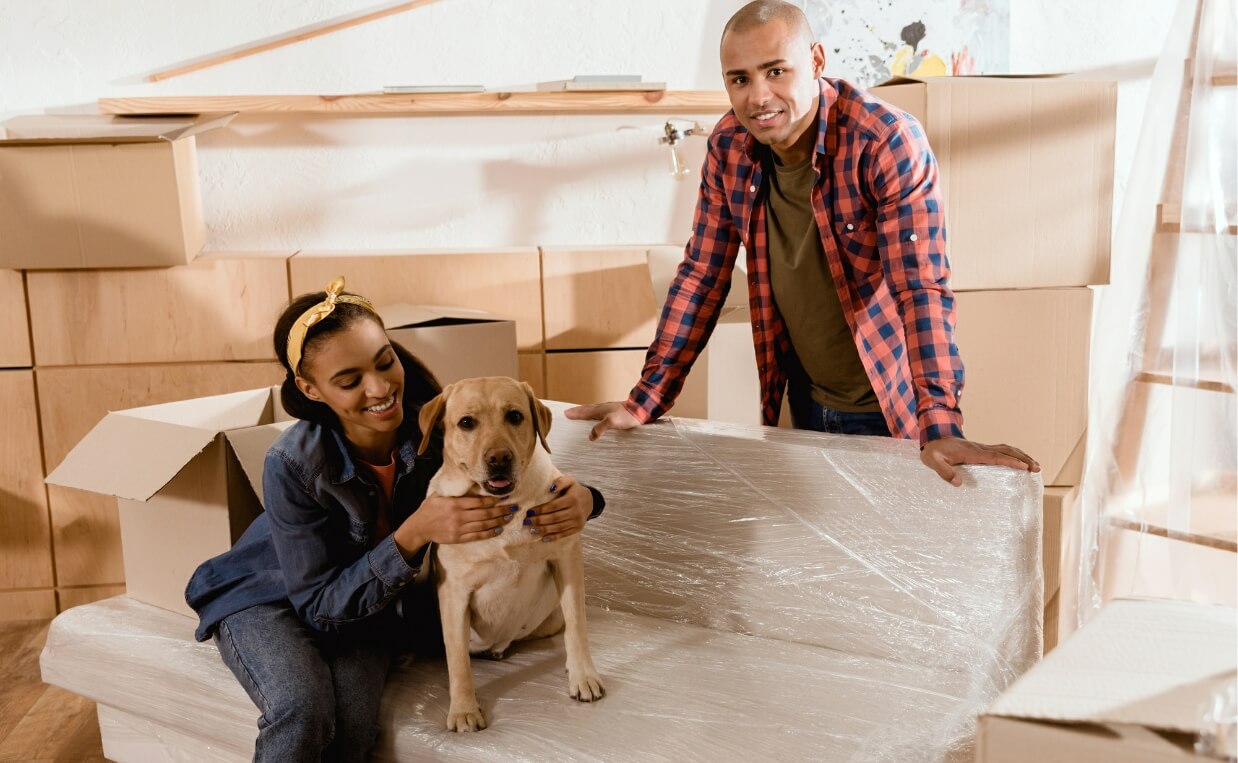
Moving with a dog adds an extra layer of complication to an already stressful process. Along with all the timing challenges and somehow getting all those boxes unpacked in a reasonable period, you also have to consider the strain on your fur baby, and how your new home is more than just a change of scenery for them.
Dogs are creatures of habit and routine, and a change of residence can cause some understandable anxiety. As their human, you can’t quite explain to them what’s going on, but you can take actionable steps to mitigate their anxiety and maintain stability where possible.
Read on for important advice all dog parents should know about moving with a dog.
-
Keep a routine, even when it’s hard
Dogs are creatures who love routine. In most households, dogs eat breakfast at around the same time, go for a walk at about the same time, and eat dinner at about the same time. While such a strict routine may seem boring to us, to your dog, it’s how he or she navigates and makes sense of the day. Variations happen, but he or she can pretty much rely on a regular schedule. And when it comes to adjusting to a new home, it’s more important than ever to keep the routine the same. When moving with a dog, do your best to stay on schedule, even if it means going out of your way. The more your can stick to your dog’s usual routine when you’re settling in, the better they will be able to adjust to all the changes taking place.
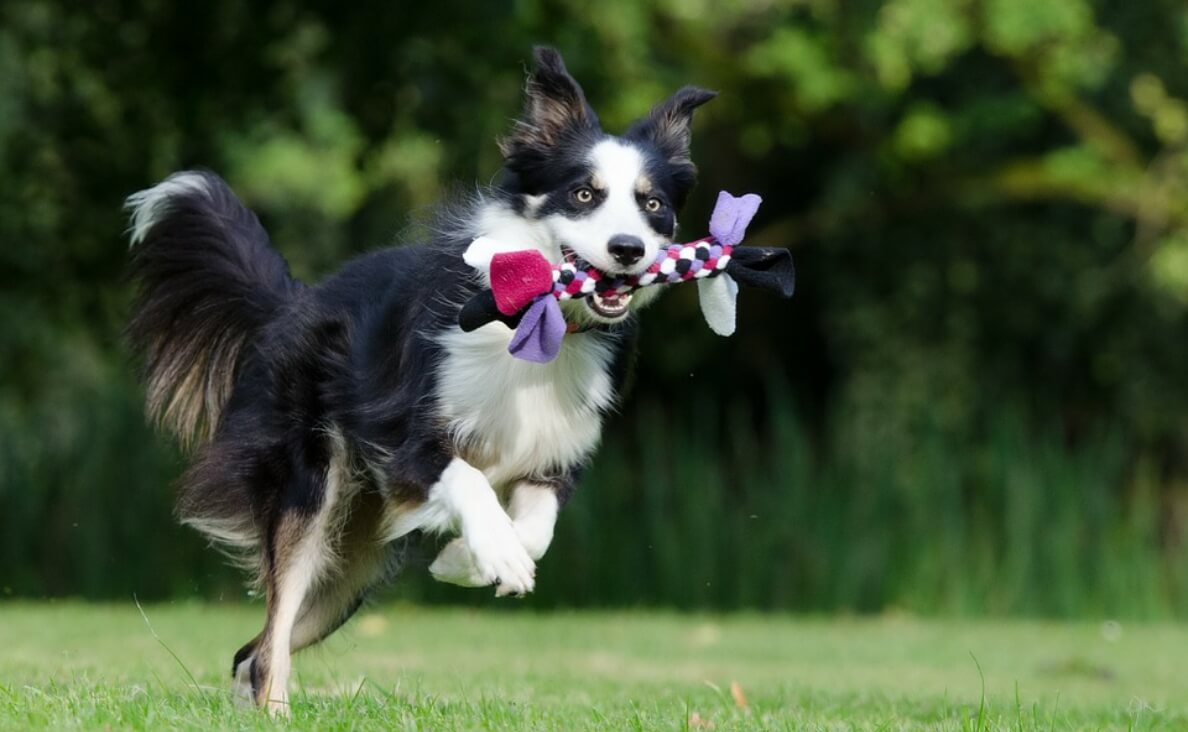
-
Help them let out energy
There is a saying: “A tired dog is a good dog.” Pent up energy can increase a dog’s level of stress, so exercise is critical for keeping anxiety down. Getting enough exercise can keep your dog calm during the adjustment process. Add in an extra game of fetch in the backyard, or make your normal walk longer than usual, or bring your dog to daycare. The more energy your dog is able to release, the easier the transition will be for them.
-
Pack a dog essentials bag
Be sure to pack an essentials bag for your dog. This way, you’ll know exactly where to look for your dog’s essentials. You’ll be glad to have these things on hand. The dog essentials bag should include:
- Dog food
- Food bowl
- Water bowl
- A few favorite toys
- Treats
- Harness
- Leash
- Dog first aid kit
- Vaccination records
-
Change microchip details
A new home and environment won’t immediately be a safe place for your dog. With lots of open doors as you move furniture and boxes, and all the disruption of moving day, it can be easy for your dog to sneak out and go exploring. Make sure your dog’s microchip details are up-to-date with your new address, and your other contact details are still correct, should be done a day or so before you move. A new ID tag for your dog’s collar should be made with your new details on it.
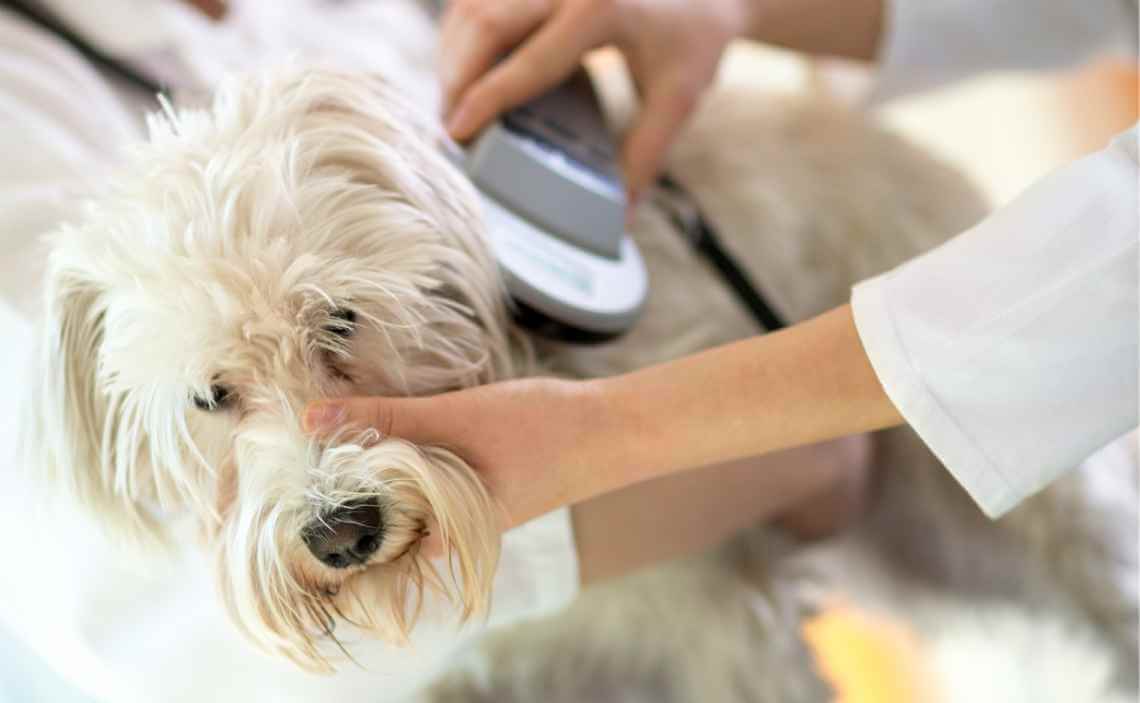
-
Set up your dog’s space right away
The first thing you should do after the movers have left is to set up an area for your dog, including your dog’s bed, blankets, toys and a bowl of fresh water. This gives your dog a nook with familiar and comforting smells and items your dog can retreat to. These items will help your dog feel at home. This doesn’t have to be the place you intend to set your dog up for the long-term, but even a temporary corner will help your dog start to feel comfortable in your new home.
-
Give your dog lots of attention
Moving can be hectic and time consuming, but don’t forget your dog will need some extra TLC to get through it. Be generous with affection and encouraging words, and steal a few moments for quiet, quality time together in between other tasks. Taking a few minutes to play a game of tug or fetch, or give a belly rub, will assure your dog everything is OK and he or she is still important. Read more: 10 Ways You and Your Dog Can Relieve Stress Together
-
Consider an anti-anxiety aid
If your dog is susceptible to anxiety, moving is likely to trigger it. For serious situations, set up an appointment with your veterinarian at least a month before your move to discuss the need for prescription anxiety medication. There are also plenty of other options, including calming aids, pheromone collars, and even music proven to reduce stress in animals. Some dog owners rely on CBD treats to take the edge off. Read more: 14 Best Dog Anxiety Toys to Keep Your Dog Calm
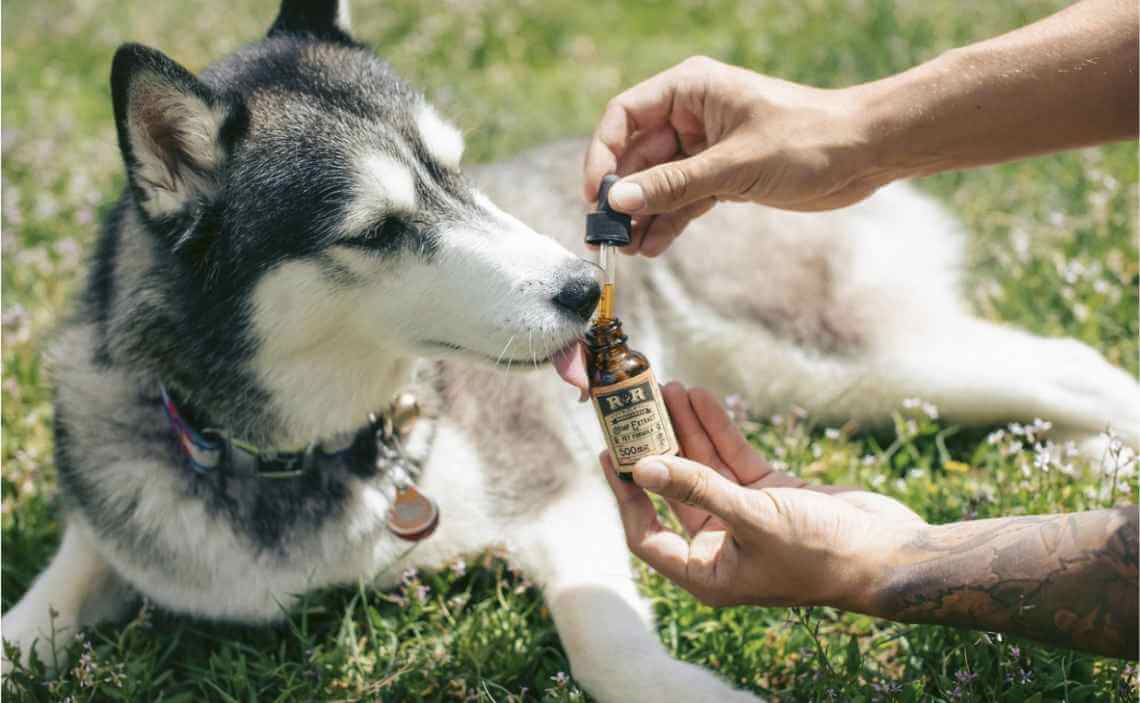
-
Stay home as much as you can the first few days
It will take some time for your dog to understand this is their new home and it’s a safe place to be. In the meantime, do your best to stay close to them, even if it means turning down some plans or taking a couple of days off work. Ideally, your dog shouldn’t be left home alone in the new home for more than a few minutes the first three or four days, which gives them time to acclimate with their security (you) there. If you absolutely need to run out, take them with you if its safe to do so, leave them with a trust friend or family member, or bring them to daycare. Try to gradually leave them for short periods of time, perhaps 10 minutes and work up from there. The first time you must leave them for a while, be sure to tire them out with a long walk beforehand.
-
Be patient
The very best thing you can do for your dog during the stressful period of adjusting to a new home is to be patient and compassionate. Acknowledge this is something stressful for your dog; try to make it as easy for them as you can. If your dog does something out of the ordinary, such as having an accident in the house or barking excessively when people walk by, realize it’s a reaction to stress and anxiety, and they’re doing the best they can. Follow the tips above and any negative behaviors should quickly diminish.
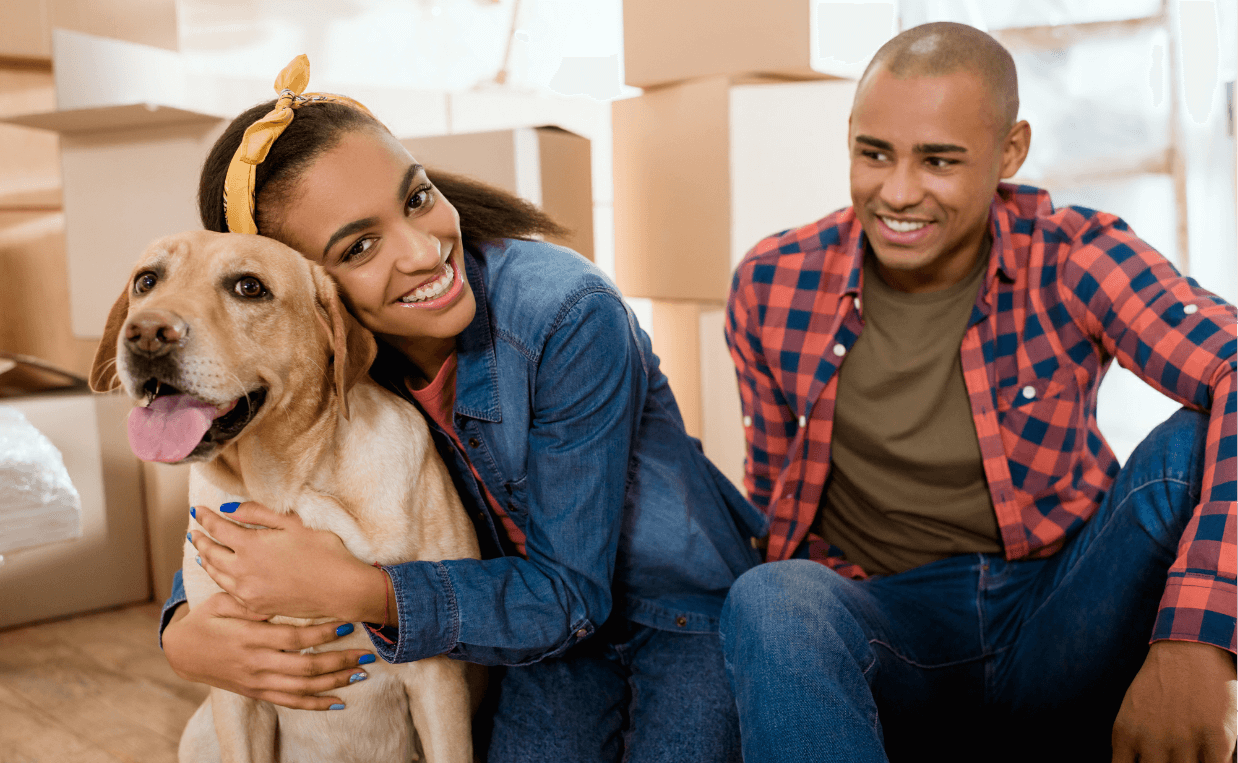
It may take a few weeks for your dog to acclimate to their new home, so don’t expect things to be perfect from day one. Instead, be there as their loving guardian and keep doing the things you know keep them content and happy (a few extra treats here and there won’t hurt, either). Home is wherever you’re together, so eventually all will feel normal again.
Have you moved with your dog? What tips do you have to help members of the Canine Campus community who are moving with their dog? Please comment below…

 What To Do If Your Dog is Hit By a Car
What To Do If Your Dog is Hit By a Car FDA Warns Bone Treats May Be Deadly for Your Dog
FDA Warns Bone Treats May Be Deadly for Your Dog [FREE DOWNLOAD] Do All of Those Daycare Dogs Get Along?
[FREE DOWNLOAD] Do All of Those Daycare Dogs Get Along? 5 Non-Edible Dangers for Dogs During the Holidays
5 Non-Edible Dangers for Dogs During the Holidays 6 Disaster Preparedness Tips to Keep Your Dog Safe
6 Disaster Preparedness Tips to Keep Your Dog Safe






Leave a Reply